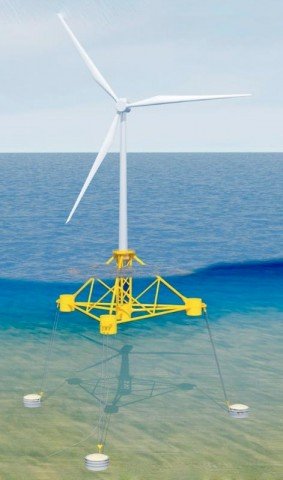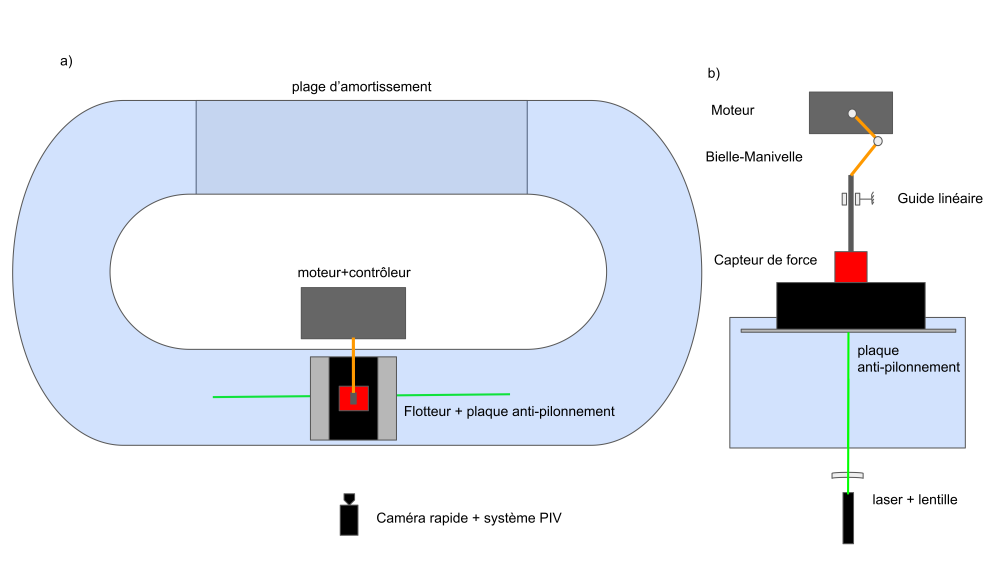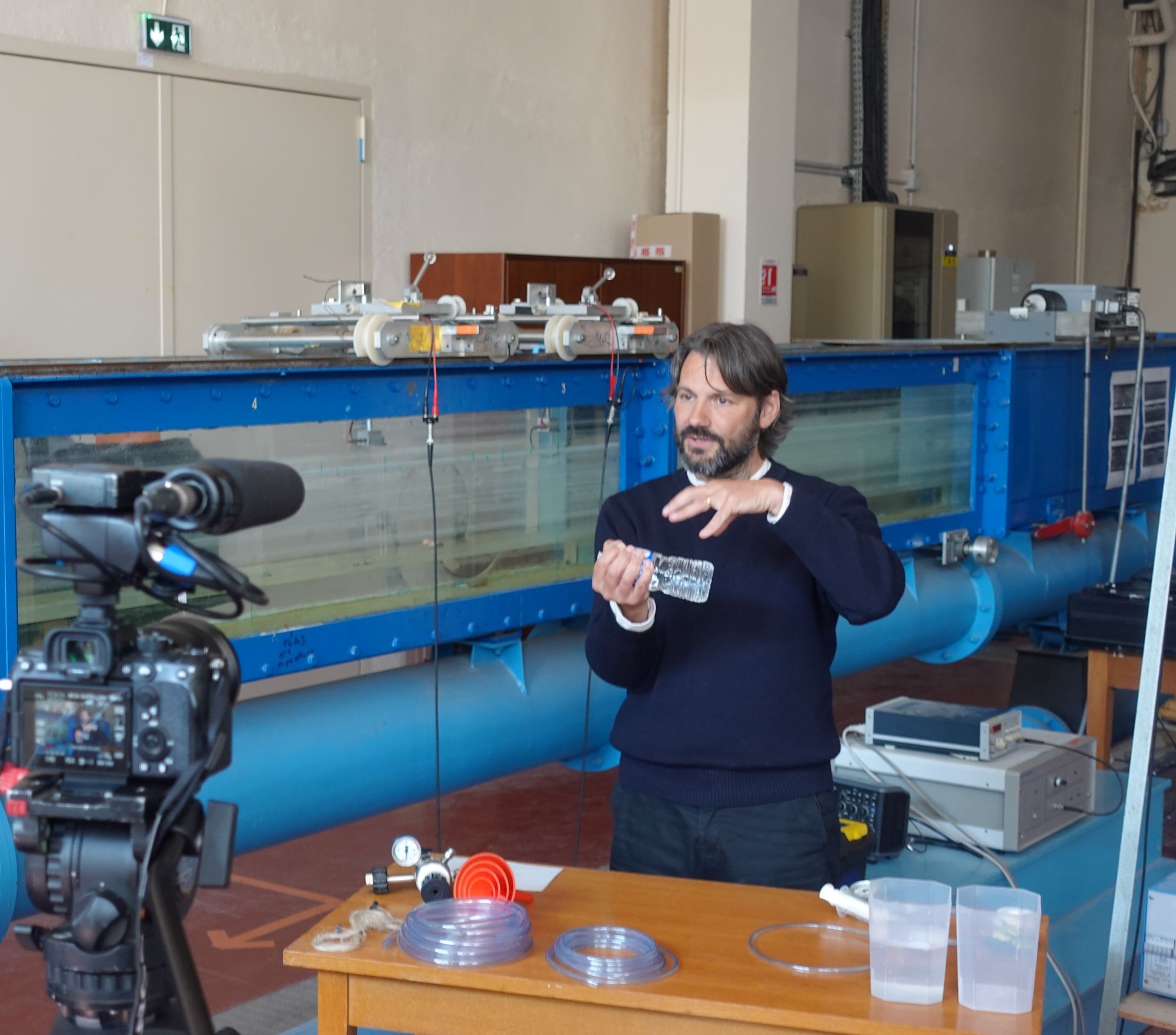Although France has a long coastline, the seabed quickly sinks below 50 metres, making it difficult and expensive to install fixed structures on foundations. This is where a promising technological breakthrough comes into play: floating wind turbines are able to seek out more sustained wind regimes offshore, and mobilise far fewer resources since there is no need to lay foundations.
One of the difficulties with floating wind turbine projects is the vertical movement to which these engineering marvels are likely to be subjected by wave action, known as heave. As Luc Pastur, teacher-researcher at ENSTA Paris, explains, "the structures tend to resonate with the waves and are subject to major vertical movements. These movements stress the structure of the wind turbine and accelerate its ageing. In addition, the variation in height due to heave reduces their efficiency".
Since wind speeds increase with altitude, marine wind turbines are generally very high, typically 150 metres, to take full advantage of them. But if the wind turbine finds itself oscillating like a cork on the surface of the ocean, yields fluctuate, and the torsion and tilting forces imposed on these immense structures can cause them to fail. "We therefore need to devise the simplest and most reliable devices possible for dissipating the energy from these movements," continues Luc Pastur.
This is the ambition of the FRICFLOAT project, proposed by EDF and to which ENSTA Paris is contributing thanks to the testing resources of its Mechanical Engineering Department, one of the School's 6 laboratories. This year, 3rd year engineering students even took part in the research as part of their collective interdisciplinary tutorial project.
"One way of damping heave would be to place plates, or discs, under the base of the floating wind turbine," explains Luc Pastur. "These plates would have holes in them to add turbulence, which is a good way of dissipating energy. But we would like to understand the details of these phenomena, which is why we are going to start a campaign of experiments on a 1/40th scale in the laboratory."
The principle of these experiments is to force the movement of reduced models of these plates in a basin and measure the damping using displacement measurements coupled with force measurements, which will make it possible to trace the actual damping. At the same time, particle image velocimetry (PIV) measurements will be carried out in the water to study the flow structures around the plates.
"We are going to measure, as a function of the frequencies and amplitudes of the forcing, the induced damping and the associated flow structures. This will enable us to correlate the damping peaks with exactly what is happening in the flow at that moment, and would not happen at other frequencies or amplitudes. We're only at the very beginning of this exciting project, which promises to be full of discoveries", concludes Luc Pastur.



